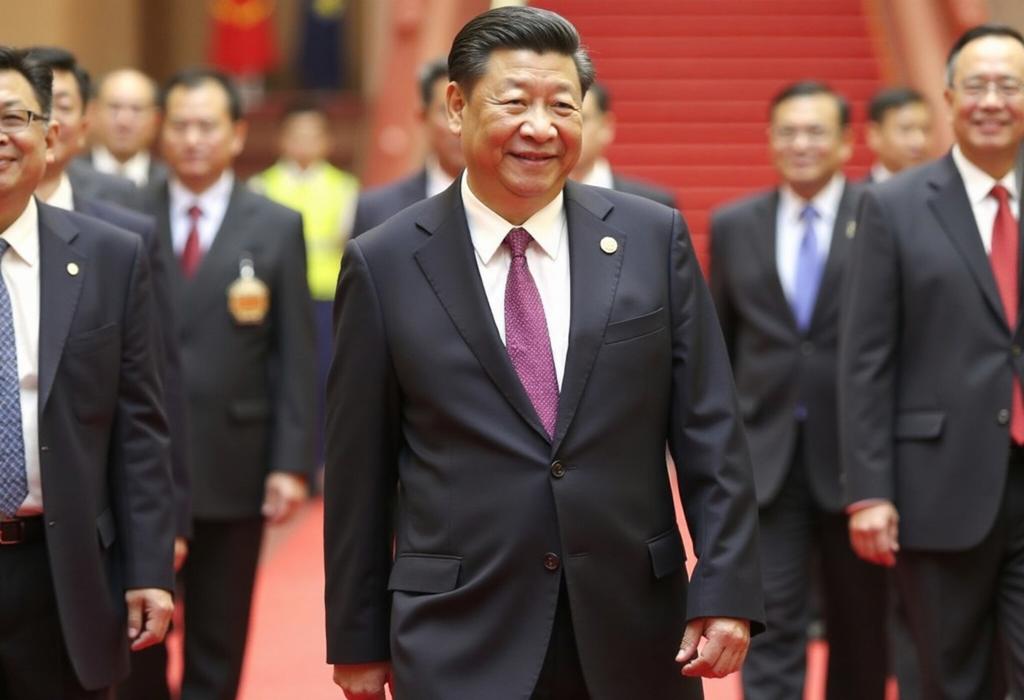Chinese President Xi Jinping's recent tour of Southeast Asia, including Vietnam and Malaysia, emphasizes China's position as a proponent of free trade amid rising global tensions. His meetings with Vietnamese leaders, including President Luong Cuong and Communist Party General Secretary To Lam, focused on enhancing economic cooperation and mutual support against what Xi referred to as 'unilateral bullying acts.' By signing memoranda on supply chain cooperation and discussing agricultural exports, Xi is not only fostering closer ties with Vietnam but is also challenging the recent tariffs imposed by the United States under President Donald Trump.
During the visit, Xi laid a wreath at the Ho Chi Minh Mausoleum, a gesture laden with historical significance, recognizing the ideological bonds between the Chinese Communist Party and Vietnam's own communist leadership. As Xi continues his tour, expected meetings in Malaysia could lead to discussions about tariff eliminations between China and ASEAN countries, strengthening China's influence in a region that is critical to its trade ambitions.
The timing of this diplomatic maneuver is intriguing, particularly given the backdrop of Trump’s tariffs which disrupted global market stability. Moreover, analysts suggest that this provides China with an opportunity to project itself as a responsible global leader capable of maintaining stability in the world economy, contrasting sharply with the chaotic rhetoric coming from the U.S. political landscape.
This visit illustrates not just economic negotiations but also serves as a strategic maneuver to bolster geopolitical influence in Southeast Asia, an area often seen as a battleground for U.S.-China rivalry. The emphasis on economic cooperation might also reflect a desire to counterbalance the regional impacts of U.S. sanctions and tariffs.
In terms of potential outcomes, while trade agreements and memorandums signed offer immediate benefits, the longer-lasting effects will hinge on how these countries navigate their more complex territorial disputes, particularly in the South China Sea, where China's claims have been met with reticence from smaller nations like Vietnam and Malaysia. Thus, while Xi’s tour may present a façade of support and stability, underlying tensions could complicate these diplomatic overtures.
In conclusion, Xi's Southeast Asia tour reflects China's ambitions for regional leadership and its attempts to position itself as a bastion of free trade in a time of growing economic nationalism. The implications of this tour will reverberate through ASEAN countries and will require close observation as U.S.-China relations continue to evolve.
AD
AD
AD
AD
Bias Analysis
Bias Score:
40/100
Neutral
Biased
This news has been analyzed from 15 different sources.
Bias Assessment: The news article presents a relatively neutral tone while highlighting both China's diplomatic efforts and the context of tensions with the U.S. However, it leans slightly towards a positive portrayal of China's ambitions and successful engagements, which may influence reader perception favorably towards China while emphasizing U.S. tariff actions negatively.
Key Questions About This Article




